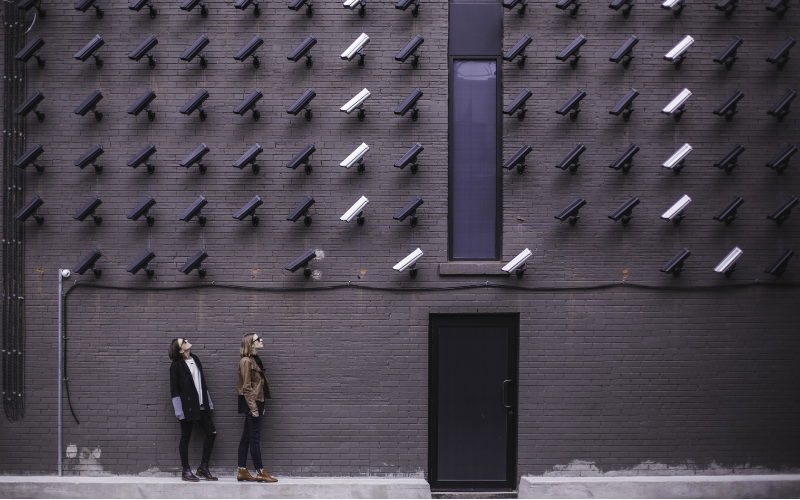It’s no secret that the advent of legalized medical (and in several states recreational) cannabis has opened the door to a now-booming market. Tens of thousands of cannabis businesses have cropped up across the United States, and given that the global cannabis market is projected to grow beyond $89 billion by 2024, more are sure to follow.
However, with every business boom comes a set of unique challenges, and in the case of cannabis, security is a chief concern. Unlike most industries, cannabis business owners must demonstrate that they are prepared to comply with security regulations before their license application can even be approved.
A Heavily Regulated Industry
For experienced dispensary owners in Colorado, where cannabis has been legal for over half a decade, this is nothing new. But in states like Illinois or Missouri, where recreational legalization is either newly in place or just around the corner, would-be business owners may be surprised at the amount of security regulations.
Because the industry is in its infancy, regulations are still being refined and can vary by state or municipality. With that being said, several things are required of any marijuana business. Intrusion detection (motion sensors, door/window contact sensors) is a must, as dispensaries are a frequent target for after-hours burglaries. Access control for restricted areas is also essential, whether achieved using keycards or biometric scans. Additionally, regulations mandate manual silent alarms in multiple areas that notify authorities of security breaches.
Video surveillance is required in a variety of areas, including:
- Entrances and exits of the facility and restricted areas, including windows
- The perimeter of the facility, and any external grow areas
- Point-of-sale locations
- Vaults and safes
- Any area in which marijuana is handled in any capacity, usually from at least two angles
In addition, surveillance footage must be backed up and stored in a secure location for a set amount of time, usually between 45-90 days depending on the city or state.
Letter of the Law?
Needless to say, the regulations alone are complicated, but due to the novelty of the industry, there isn’t much established precedent regarding how the rules will be interpreted and enforced. For instance, is it acceptable to use a multi-view, 360° or fisheye camera in place of several single-sensor cameras? The idea makes sense on the surface; fewer cameras means less infrastructure and lower operating costs, while the cameras’ wide-angle, uninterrupted views should provide even better overall coverage.
Unfortunately, when it comes to this and many other similar questions, the jury is still out. Policies are left open to the interpretation of the individuals enforcing them, with unpredictable results. Fortunately, the landscape of the industry is likely to become increasingly tech friendly as it matures. In the meantime, it is best for business owners and their technology providers to be in close contact with regulatory authorities to make sure standards are met.
The Security Challenges of Cash
Since cannabis is not yet legal at the federal level, most banks will not do business with dispensaries or even ancillary marijuana companies that serve them. As a result, dispensaries are run almost exclusively as cash businesses.
Eventually, these issues are likely to subside, as federal legislation has been introduced to ease restrictions on banks working with the cannabis industry. For now, the combination of the all-cash business model and high-risk product makes proper security even more vital.
Owners should consider deploying extra cameras to capture additional angles at point-of-sale stations and anywhere cash will be handled. In addition, software integrations can merge surveillance footage with point-of-sale data to identify fraudulent behavior. This prevents employees from deliberately overcharging customers or pocketing cash undetected.
Cannabis Security: One Step Ahead
Given that cannabis is a booming industry and criminals are increasingly sophisticated, owners would do well to go the extra mile to secure their businesses. Ultra-low light and infrared cameras can be crucial in securing low light environments like cash/server rooms and grow areas. Analytics-equipped surveillance systems can help flag individuals engaging in suspicious behavior through facial recognition technology, as well as reliably identify vehicles and license plate numbers.
Some owners opt for customizable remote guarding services, which assure their businesses are never unattended. During off-hours, if surveillance cameras detect any unusual activity, a live security agent is automatically alerted. The agent then reviews the footage and assesses the disturbance. If the agent identifies a criminal threat, they intervene, verbally warning the intruder over powerful speakers. This verbal intervention succeeds in neutralizing the threat the vast majority of the time. Regardless, information about the incident is relayed to law enforcement, so that they can respond and apprehend suspects if necessary.
No matter the industry, the key to security is staying one step ahead. Business owners know security is vital, but with so many other pressing concerns to keep track of, prioritizing can be difficult. Even keeping up with the industry standard is challenging, let alone going above and beyond. This is why it is crucial for every cannabis business to have a trusted technology partner who assists them not only with security, but across an entire spectrum of technological needs. When it comes to protecting product, profits, and most importantly people, everyone could use a helping hand.
Author
-
Alex Wasson is a 3rd generation leader of Tech Electronics, a family-owned managed services provider. He is currently the Director of Security Technologies and is responsible for ensuring Tech Electronics has the products, features, and expertise to deliver the best solutions to their customers. With the constant evolution of technology in today’s business environment, his goal is to keep Tech Electronics on the cutting edge of new technologies.






